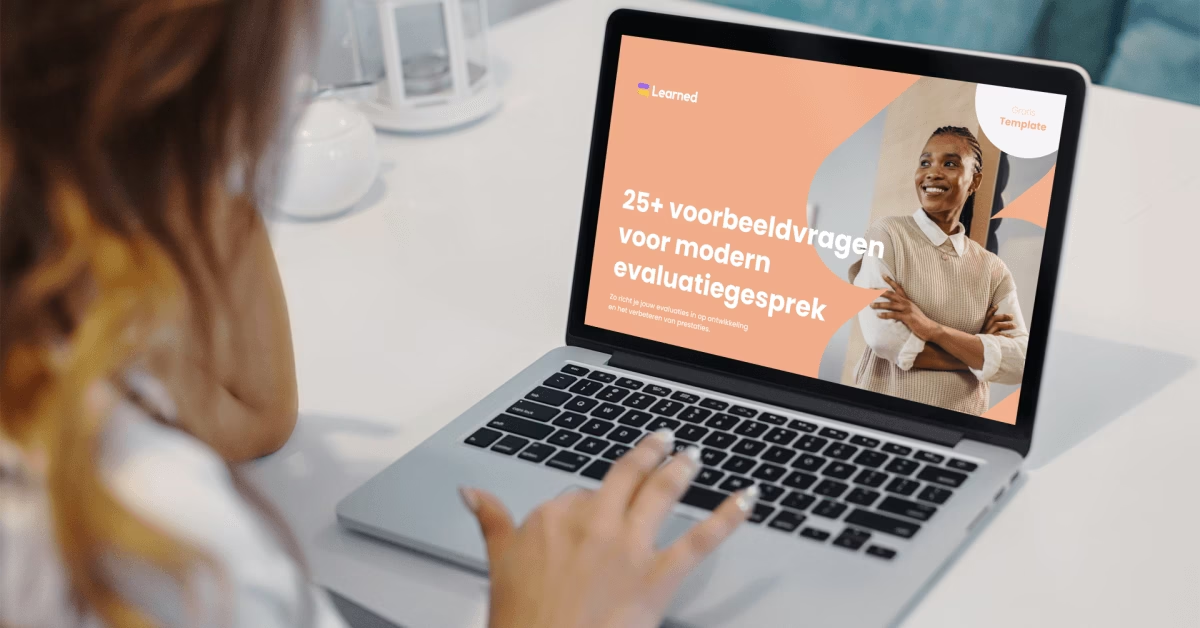A bilateral consultation within a company is direct communication between an employee and manager to exchange information, discuss performance and set goals. It promotes openness, feedback and collaboration. Alternative terms are bilateral consultation, personal consultation or 1-1 meeting. Best practices include preparation, regular planning, open communication, goal-setting, listening and providing feedback, documentation and follow-up. For good preparation, identify goals and topics, gather relevant information, organize your thoughts, anticipate questions, establish specific goals and action items, plan the timing and duration of the consultation, and document relevant information. Want to know more? Then read on.
What is a bilateral consultation?
A bilateral consultation within a company is a direct communication between an employee and his/her manager. It provides an opportunity for the employee and manager to exchange information, discuss performance and set goals together. During this consultation, work-related matters can be discussed, such as project progress, performance review, career goals and any concerns or challenges. The purpose of this consultation is to promote openness and understanding, give and receive feedback, and strengthen cooperation. It provides an opportunity for the employee and manager to tune in, adjust goals and work together for success within the organization.
What are other names and examples of bilateral consultations?
In practice, we see that different organizations often use different names and abbreviations for this type of consultation. The specific term used may vary depending on the industry or context in which the consultation takes place. These are some examples we often see:
- Two-way consultation
- Direct consultation
- Personal consultation
- One-on-one interview
- 1-1 meeting
- Check-in
- Individual consultations
- Bilateral consultation
What are best practices for conducting a bilateral consultation?
Organizing this kind of conversation, of course, takes considerable time. That’s why we’d like to give you a checklist for successfully deploying bilateral consultations.
- Preparation: Both the employee and the manager should prepare well before the consultation. Make a list of the main points, goals or concerns to be discussed so that the consultation can be focused and productive.
- Regular scheduling: Schedule regular bilateral consultations, such as monthly or quarterly, to ensure continuity and communication. Make sure both parties are aware of the scheduled dates and time and set reminders if necessary.
- Open communication: Ensure that there is an atmosphere of openness and trust during consultations. Encourage both parties to freely share their thoughts, concerns, successes and challenges. This promotes constructive dialogue and helps identify possible solutions.
- Goal orientation: Keep the focus during the consultation on the set goals. Together, identify specific action items and make agreements to achieve them. Set realistic goals that are measurable and achievable, and evaluate progress during future bilateral consultations.
- Listening and giving feedback: Make sure both parties actively listen to each other and give sincere feedback. This helps in understanding each other’s perspectives and finding common ground. Constructive feedback can lead to growth and development for the employee.
- Documentation: Provide a record or notes of each bilateral consultation meeting. This can help keep track of important points, agreements and goals. Documentation provides a reference point for future discussions and serves as a reminder of the agreements made.
- Follow-up: After the consultation, it is important to follow up on any follow-up steps. Hold each other accountable for actions taken and evaluate progress during future bilateral consultations. It is also useful to discuss any changes or updates that may affect the agreements previously made.
How do you prepare a bilateral consultation?
So proper preparation is important. But what’s the best way to go about it? We’ll give you some handy tips in advance.
Identify goals and topics: Clearly define the goals and topics you want to discuss during the consultation. Think about what you want to accomplish and what specific issues you want to discuss, such as project progress, accomplishments, development needs or other relevant issues.
Gather relevant information: Gather all necessary information needed for the consultation. This can include reports, statistics, project updates, feedback from colleagues or other relevant documents. Make sure you have the information well understood and ready for the consultation.
Organize your thoughts: Take time to organize your thoughts and make notes on the main points you want to discuss. This allows you to formulate your thoughts clearly and prevents you from forgetting important issues during the consultation.
Anticipate questions and possible reactions: Try to imagine what questions, concerns or reactions your manager may have. Prepare for possible scenarios and consider how best to respond. This will help you go into the consultation confident and well prepared.
Establish specific goals and action items: Formulate specific goals you want to achieve during the consultation. These might include solving a problem, setting development goals or discussing new projects. Also identify possible action items to be taken after the consultation.
Plan the timing and duration of the consultation: Agree the timing and duration of the consultation with your manager. Make sure there is enough time to discuss all the important topics without being too rushed. Respect each other’s agendas and provide a suitable environment for consultation.
Document relevant information: If there are specific documents, reports or other information you want to share during the consultation, make sure they are organized and easily accessible. If necessary, create a summary or outline of key points to share.
By following these steps, you can properly prepare yourself for a bilateral meeting and ensure that you achieve the desired results. Good preparation will help you go into the consultation confident and focused and promote effective communication with your manager.
Conduct effective recurrent bilateral consultation with Learned
With the Learned platform, you can schedule a recurring bilateral consultation in just a few clicks. We give this opportunity to both the manager and the employee. Compile a list of conversation topics, keep conversation notes, and add your next steps after each conversation. With our powerful calendar links, you can also be sure that all your meetings are neatly synchronized with your calendar. Also getting started with bilateral consultation in Learned? Click here for more info




























